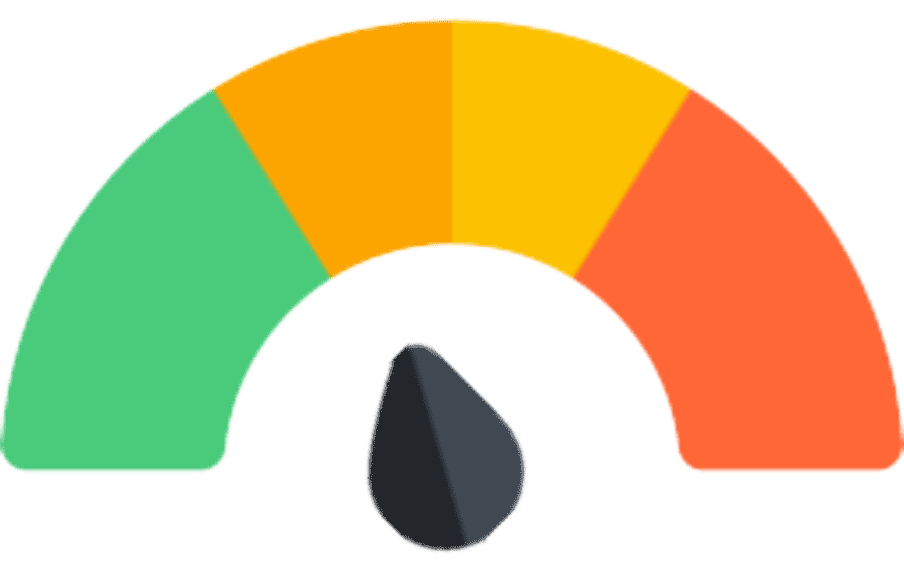FLUPHENAZINE
THERAPEUTICS
Class
- Conventional antipsychotic (neuroleptic, phenothiazine, dopamine 2 antagonist)
FLUPHENAZINE commonly prescribed for
(Bold for FDA approved)
 How FLUPHENAZINE works
How FLUPHENAZINE works
• Blocks dopamine 2 receptors, reducing positive symptoms of psychosis
How long until FLUPHENAZINE works
• Psychotic symptoms can improve within 1 week, but it may take several weeks for full effect on behavior
SIDE EFFECTS
 Notable Side Effects
Notable Side Effects
• Neuroleptic-induced deficit syndrome
• Akathisia
• Priapism
• Drug-induced parkinsonism
• Tardive dyskinesia, tardive dystonia
• Risk of potentially irreversible involuntary dyskinetic movements may increase with cumulative dose and treatment duration
• Galactorrhea, amenorrhea
• Dizziness, sedation
• Dry mouth, constipation, urinary retention, blurred vision
• Decreased sweating, depression
• Sexual dysfunction
• Hypotension, tachycardia, syncope
• Weight gain
 Life Threatening Side Effects
Life Threatening Side Effects
• Rare neuroleptic malignant syndrome may cause hyperpyrexia, muscle rigidity, delirium, and autonomic instability with elevated creatine phosphokinase, myoglobinuria (rhabdomyolysis), and acute renal failure
• Rare jaundice, agranulocytosis
• Rare seizures
• As a class, antipsychotics are associated with an increased risk of death and cerebrovascular events in elderly patients with dementia; not approved for treatment of dementia-related psychosis
weight gain

not usual
sedation

not usual
What to do about FLUPHENAZINE side effects
• Wait
• Wait
• Wait
• For drug-induced parkinsonism, add an anticholinergic agent
• Beta blockers, benzodiazepines, or serotonin 2A antagonists (e.g., mirtazapine, cyproheptadine) may reduce akathisia
• Reduce the dose
• For sedation, take at night
• Switch to an atypical antipsychotic
• Weight loss, exercise programs, and medical management for high BMIs, diabetes, dyslipidemia
• Metformin may help prevent or reverse antipsychotic-induced weight gaiN
DOSING AND USE
usual dosage range
• Oral: 1–20 mg/day maintenance
• Intramuscular: generally 1/3 to 1/2 the oral dose
• Decanoate for intramuscular or subcutaneous administration: 12.5– 100 mg/2 weeks maintenance (see Fluphenazine Decanoate section after Pearls for dosing and use)
 Dosage Forms
Dosage Forms
• Tablet 1 mg, 2.5 mg scored, 5 mg scored, 10 mg scored
• Decanoate for long-acting intramuscular or subcutaneous administration 25 mg/mL
• Injection for acute intramuscular administration 2.5 mg/mL
• Elixir 2.5 mg/5 mL
• Concentrate 5 mg/mL
long term use
• Should periodically reevaluate long-term usefulness in individual patients, but treatment may need to continue for many years
habit forming
• No
SPECIAL POPULATIONS
 Renal Impairment
Renal Impairment
• Use with caution; titration should be slower
 Hepatic Impairment
Hepatic Impairment
• Use with caution; titration should be slower
 Cardiac Impairment
Cardiac Impairment
• Cardiovascular toxicity can occur, especially orthostatic hypotension
 Elderly
Elderly
• Titration should be slower; lower initial dose (1–2.5 mg/day)
• Elderly patients may be more susceptible to adverse effects
• Although conventional antipsychotics are commonly used for behavioral disturbances in dementia, no agent has been approved for treatment of elderly patients with behavioral symptoms of dementia such as agitation
• Elderly patients with dementia-related psychosis treated with antipsychotics are at an increased risk of death compared to placebo, and also have an increased risk of cerebrovascular events
 Children and Adolescents
Children and Adolescents
• Safety and efficacy not established
• Decanoate and enanthate injectable formulations are contraindicated in children under age 12
• Generally consider second-line after atypical antipsychotics
 Pregnancy
Pregnancy
• Effective June 30, 2015, the FDA requires changes to the content and format of pregnancy and lactation information in prescription drug labels, including the elimination of the pregnancy letter categories; the Pregnancy and Lactation Labeling Rule (PLLR or final rule) applies only to prescription drugs and will be phased in gradually for drugs approved on or after June 30, 2001
• There is a risk of abnormal muscle movements and withdrawal symptoms in newborns whose mothers took an antipsychotic during the third trimester; symptoms may include agitation, abnormally increased or decreased muscle tone, tremor, sleepiness, severe difficulty breathing, and difficulty feeding
• Reports of drug-induced parkinsonism, jaundice, hyperreflexia, hyporeflexia in infants whose mothers took a phenothiazine during pregnancy
• Fluphenazine should only be used during pregnancy if clearly indicated
• Psychotic symptoms may worsen during pregnancy and some form of treatment may be necessary
• Atypical antipsychotics may be preferable to conventional antipsychotics or anticonvulsant mood stabilizers if treatment is required during pregnancy
 Breast Feeding
Breast Feeding
• Some drug is found in mother’s breast milk
• Effects on infant have been observed (dystonia, tardive dyskinesia, sedation)
• Recommended either to discontinue drug or bottle feed
Based on data Published online by Cambridge University Press
Compiled by Dr. Jash Ajmera